Agriculture Reference
In-Depth Information
or, and fruit characteristics are valuable and necessary, but they do not re-
veal problems until damage has already occurred and fruit quality and yields
have been reduced. Tissue testing, on the other hand, tells you precisely how
much of each essential mineral nutrient is present in the plant.
While foliar analysis is seldom needed for home orchards, it is standard
for commercial plantings. Foliar analyses help guide your nutrition and orch-
ard floor management programs and provide early warnings of nutrient de-
ficiencies and toxicities. Knowing, with accuracy, your crop's nutrient status
takes the guesswork out of fertilization programs, saving time and money on
unneeded fertilizer applications and helping ensure healthy plants and high-
quality fruit.
In commercial orchards, foliar analyses are usually conducted yearly.
Nutrient concentrations fluctuate greatly during a growing season, and it is
best to sample after shoot and leaf growth have ceased but before the trees
begin senescing (leaves changing color or dropping). At that time, the nutri-
ent concentrations in the leaves are fairly stable and allow comparison from
one year to another. In USDA Plant Hardiness Zones 4 to 6, the last week of
July through the first week of August is the most popular time for sampling.
In warmer or cooler climates, you may need to adjust the timing for leaf col-
lection. Other fruit growers, state and provincial fruit specialists, and your
analytical laboratory can give you guidance for your particular region.
TISSUE TESTING TIPS
Here are some general guidelines for collecting leaves to be sent away
for tissue testing.
▪ Collect both the leaf blades and petioles (leaf stems).
▪ Collect leaves from typical trees of the same age.
▪ Collect clean leaves that are typical of the tree.

